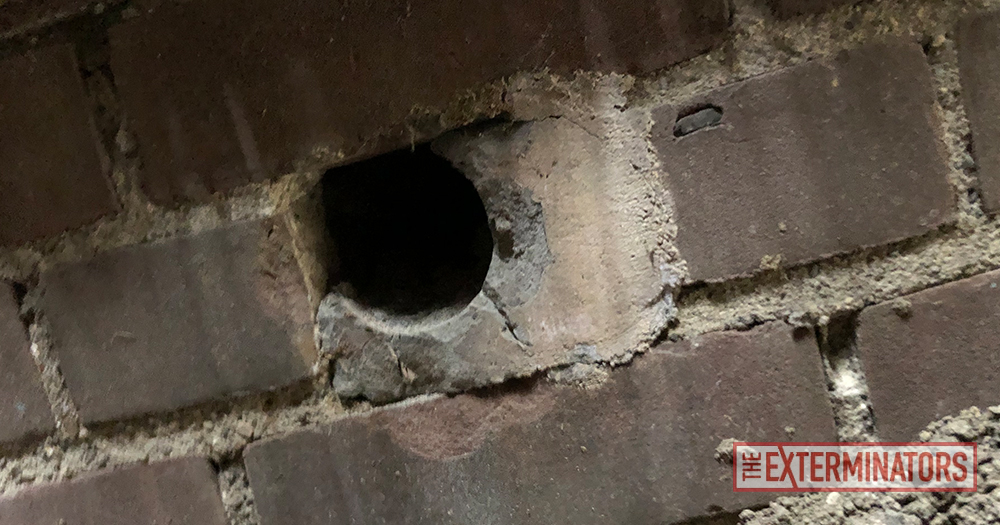Rodents, such as rodents and chipmunks, are renowned for their ability to burrow and construct complex underground tunnel networks. These underground passages, commonly referred to as “rat holes” and “chipmunk holes,” serve as nests, shelters, and routes to food sources. There are distinct differences between rat holes and chipmunk holes that cast light on the behaviour and habits of these two rodents, despite their superficial similarity.
Rat Burrows
Rat holes are the excavations created by a variety of rat species, including the common Norway rat. The size and intricacy of these burrows can vary depending on rat species, environmental conditions, and the availability of food and shelter. Rat burrows are typically larger and more extensive than chipmunk burrows, with an average diameter of several inches.
The following are characteristics of rat holes:
Typically, the diameter of rat tunnels ranges between 2 and 4 inches. In general, the entrance is broader and may be surrounded by displaced soil.
Several feet underground, rat burrows feature a complex network of tunnels for nesting, storing food, and evading predators.
Rat holes can be located in proximity to structures, foundations, and areas with a constant food source. Additionally, they may lead to interior spaces, making them a significant nuisance for householders.
Rat burrows typically have an irregular shape, with entrances that are not as well-defined as chipmunk burrows.
Chipmunk Tunnels
Chipmunks are tiny, burrowing rodents with distinctive stripes and a lively disposition. Chipmunk burrows, also known as “chipmunk tunnels,” are smaller and more shallow than rat burrows. These burrows are utilized by chipmunks for nesting, storing sustenance, and evading predators.
Indicators of Chipmunk Holes:
Chipmunk cavities are typically between 1 and 2 inches in diameter. The entrance is more organized and organized than rodent holes.
The depth of chipmunk tunnels is typically only a few feet below the surface. They may include a primary tunnel and multiple chambers.
Chipmunk burrows are typically located in natural habitats such as forests, gardens, and lawns. It is less likely that they will lead directly into structures.
Chipmunk burrows are typically circular, with a well-defined entrance and a clear path leading to the entrance.
It is essential to note that both rat holes and chipmunk holes can cause property owners problems. Infestations of rats can result in property damage, contamination, and health risks, whereas chipmunks can dig up gardens and perturb the landscape.
It is necessary to correctly identify the type of rodent habitat in order to implement effective control measures. Preventative measures such as removing food sources, sealing entry points, and maintaining a clean environment can deter rodents and chipmunks from digging burrows on your property.
Understanding the distinctions between rat holes and chipmunk cavities provides valuable insight into the preferences and behaviours of these rodents. By recognizing the distinct characteristics of their burrows, householders can effectively address and prevent rodent infestations, thereby creating a safer and more harmonious living environment.

